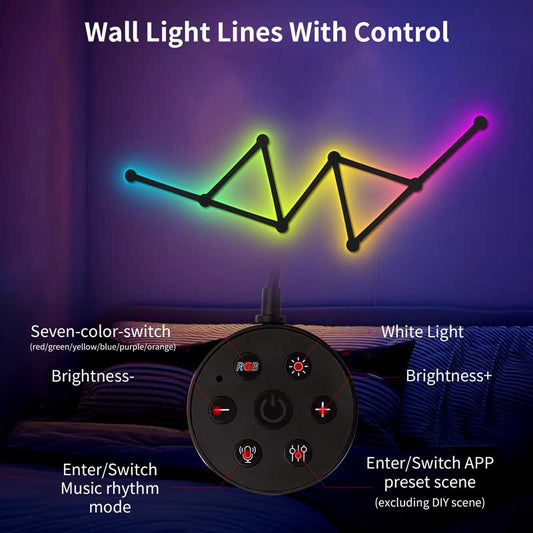How does planetarium projector work?
Share
A planetarium projector works by using a combination of light, lenses, and rotating mechanisms to simulate the night sky and project images of stars, planets, and other celestial bodies onto a surface, like a wall or ceiling. Here's a breakdown of how it works:
1. Light Source
- The projector uses a light bulb or LED to illuminate the images or patterns. Some models use specialized light sources like LEDs to create bright, clear projections while being energy efficient.
2. Star Discs or Light Filters
- Inside the projector, there are discs or light filters with tiny holes or patterns that represent stars or constellations. The light passes through these discs, and the tiny holes allow the light to shine through, creating the appearance of stars on the projection surface.
- Some projectors also use multiple discs with different patterns to simulate different star systems or galaxies, allowing the projector to display various celestial bodies and effects.
3. Lenses
- The light that passes through the discs or filters is then focused and magnified using lenses inside the projector. Lenses direct the light and help to sharpen the projections, making the stars appear clear and crisp on the screen or ceiling.
4. Rotating Mechanism
- Many planetarium projectors have a rotating mechanism that spins the discs or moves the light filters to simulate the movement of the night sky. This rotation creates the illusion of a moving sky, which is ideal for showing the movement of stars or planets over time, similar to how they appear to move in the real sky.
- Some advanced projectors even have motorized systems that simulate planetary motion, like the orbits of planets or the phases of the moon.
5. Projection Surface
- The projector needs a flat, clear surface like a ceiling or wall to project the images onto. Most people use it on the ceiling for an immersive experience, especially for simulating the night sky in a darkened room.
6. Additional Features
- Higher-end planetarium projectors can offer extra features like the ability to project the Milky Way, constellations, or even dynamic effects (like shooting stars or comets). Some have Bluetooth or audio features to play space-related sounds or music in sync with the visuals.
A planetarium projector creates a starry sky effect by shining light through patterns or discs that represent stars, using lenses to focus the light and a rotating mechanism to simulate the movement of celestial objects. The result is a projection that mimics the appearance of a real night sky, allowing users to enjoy a planetarium-like experience in the comfort of their own home.




